Yesterday, Missouri Senator Josh Hawley sent a letter to DOE Secretary Granholm.
Dear Secretary Granholm,
I write with alarm about your total disregard for farmers in my State of Missouri, as you continue to pander to dark money groups and clean energy interests at the expense of my constituents. Last week, your Department announced new plans to designate a National Interest Electric Transmission Corridor (NIETC) through my state of Missouri, in order to subsidize the flow of wind energy across farmers’ lands.1 This cannot stand. You should rescind these plans immediately.
As you know, the Department of Energy has historically avoided using the heavy hand of the federal government to second-guess state permitting decisions when it comes to electric transmission lines. Courts have narrowly construed your authorities under the Federal Power Act, until Democrats expanded these authorities in the Infrastructure Investment and Jobs Act. Now, you are weaponizing these new authorities to benefit clean energy companies and monied interest as you bulldoze Missouri farmland to make way for transmission lines to carry wind power through the state. Indeed, I find it remarkable that your agency’s lengthy analysis makes no reference to farmers or landowners.
This issue is important to farmers in my state, who have already had to deal with Invenergy’s attempts to build electric transmission lines through farmlands. But at least our state legislature and regulators were able to achieve a new compromise, ensuring that farmers would receive 150% fair market value as compensation for these takings. But by designating a new NIETC in Missouri, you have chosen to federalize this issue and take any future consideration away from state regulators.
There is still hope. Your Department’s announcement only constitutes Phase 2 of the agency’s multistage process for designating NIETCs. I strongly urge you to stop any further consideration of this project and listen to the farmers of Missouri.
Sincerely,
Josh Hawley
United States Senator
- Prohibit FERC from issuing electrical siting permits where State regulators already have jurisdiction to authorize these projects.
- Require FERC to find that any proposed electrical transmission projects it approves minimizes adverse effects on landowners and farmers, adequately compensates them for any loss, and provides benefits to consumers in the State.
- Prohibit FERC from reviewing any electrical siting applications where a State regulator has previously denied an application.
Let's hope other elected officials follow Senator Hawley's lead and care more about their constituents than they do about the "Green New Deal."

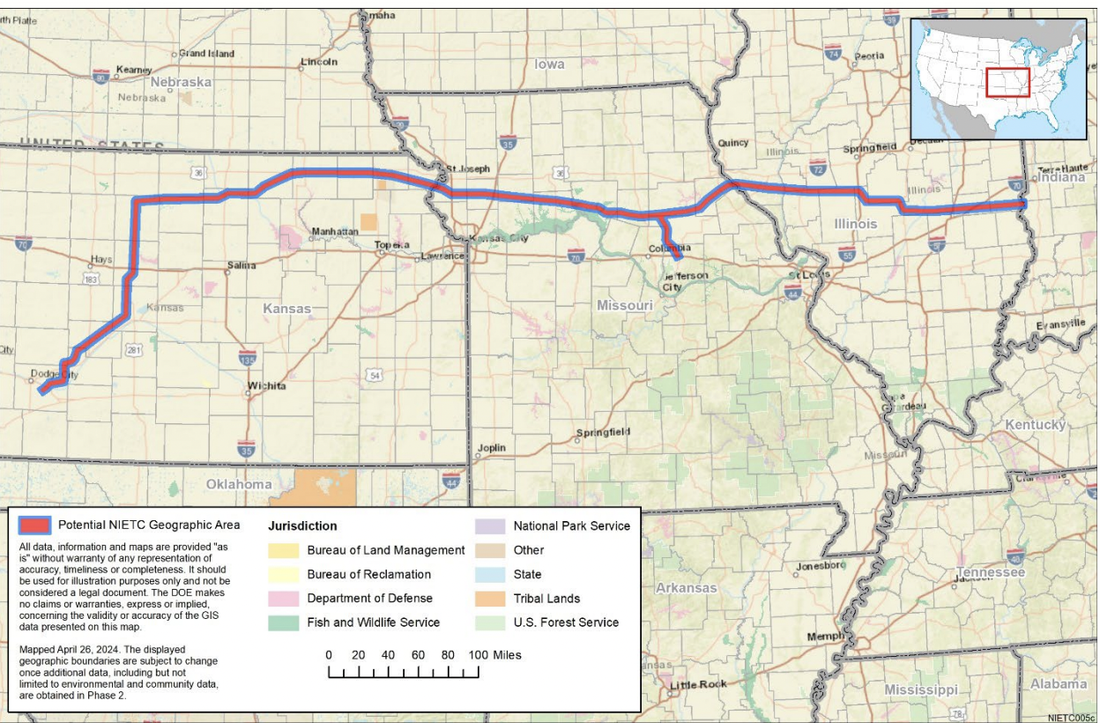
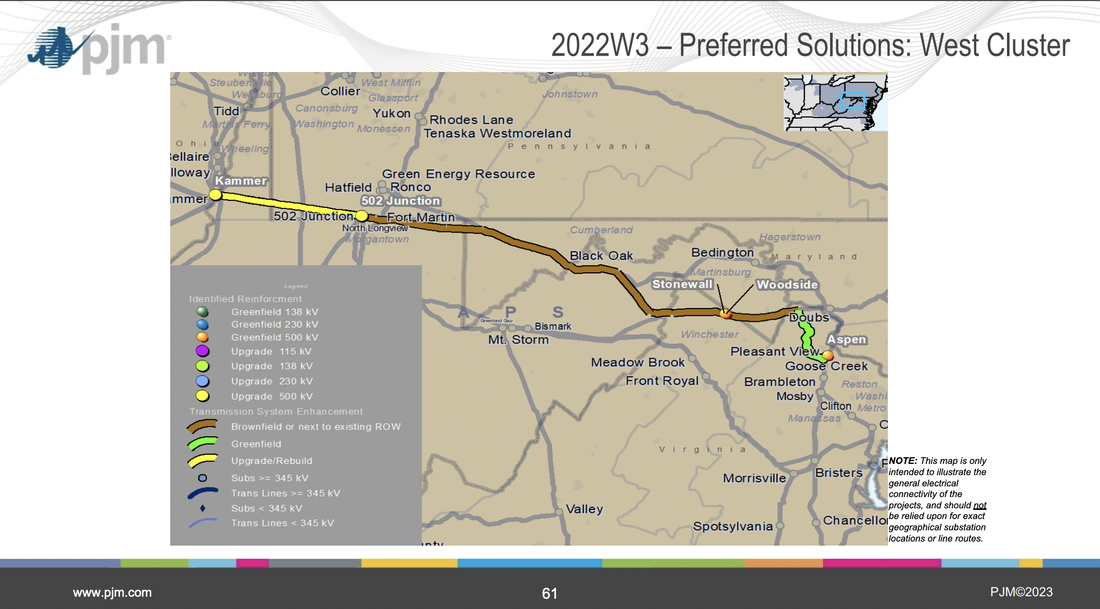
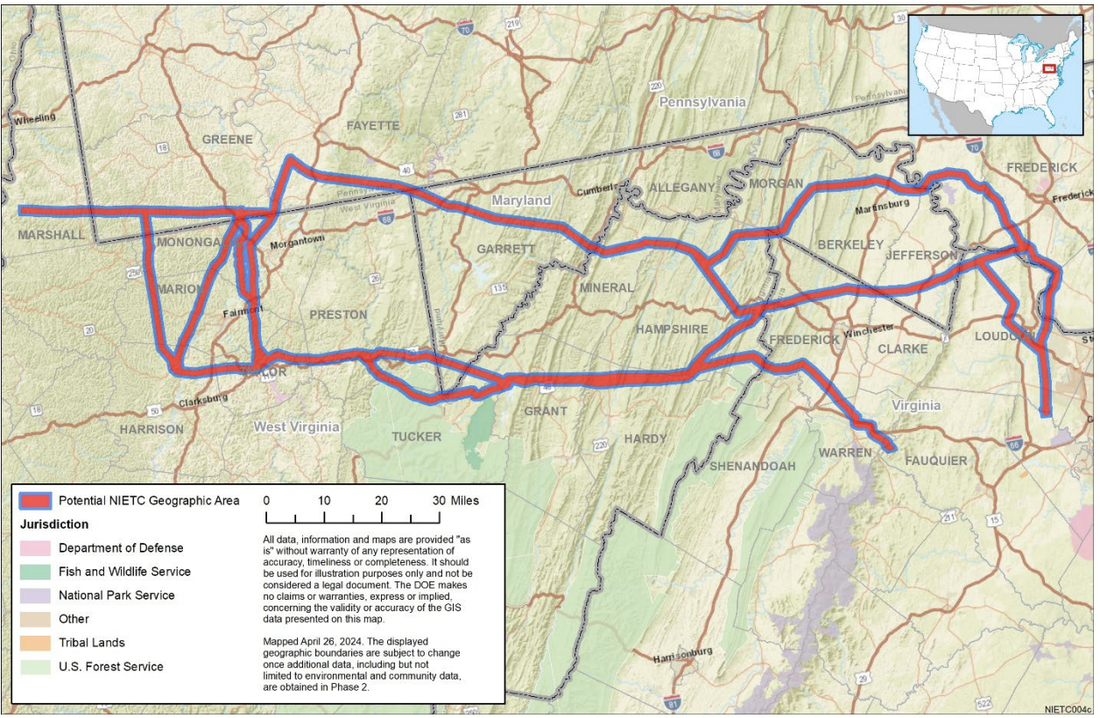

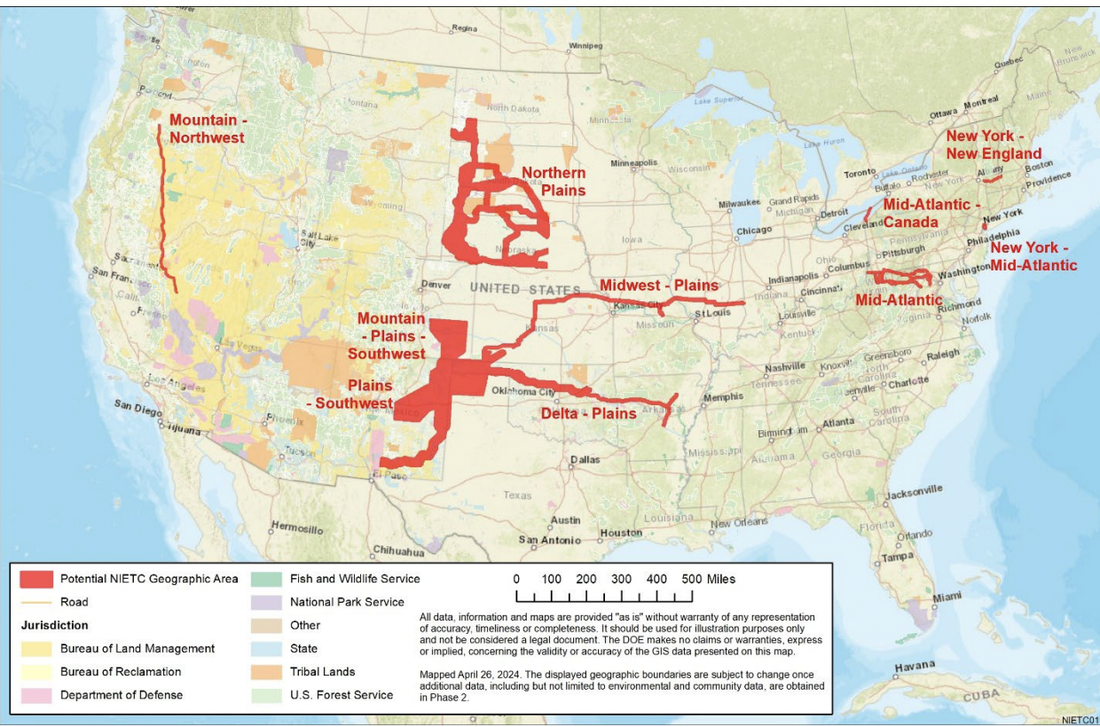
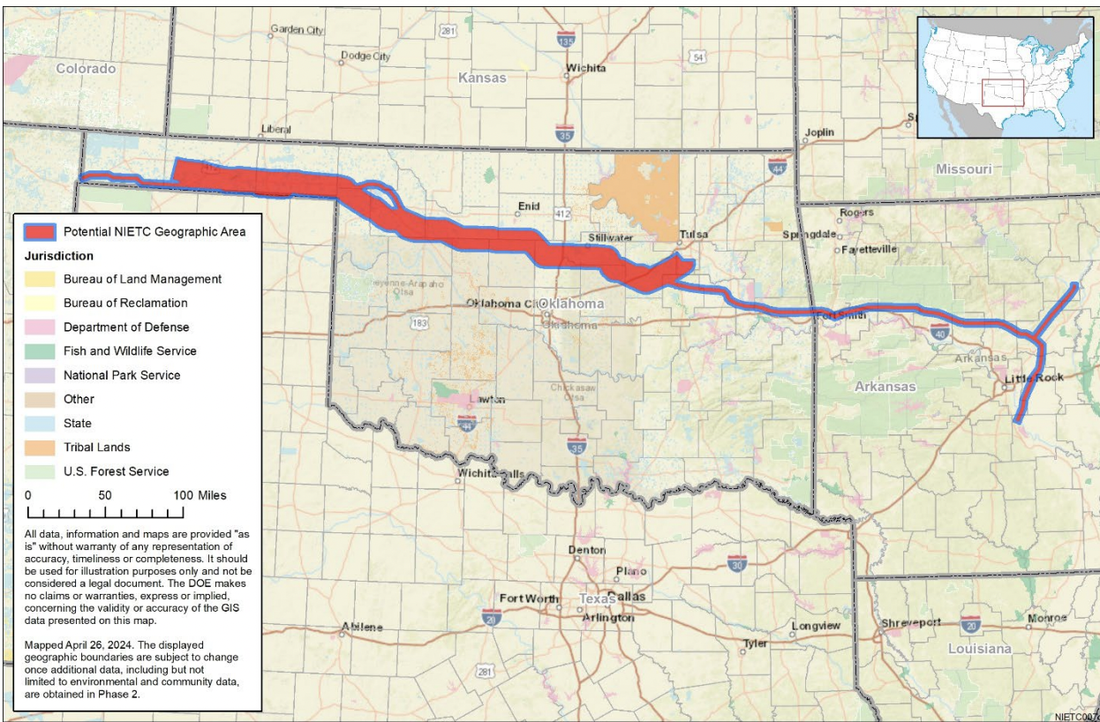
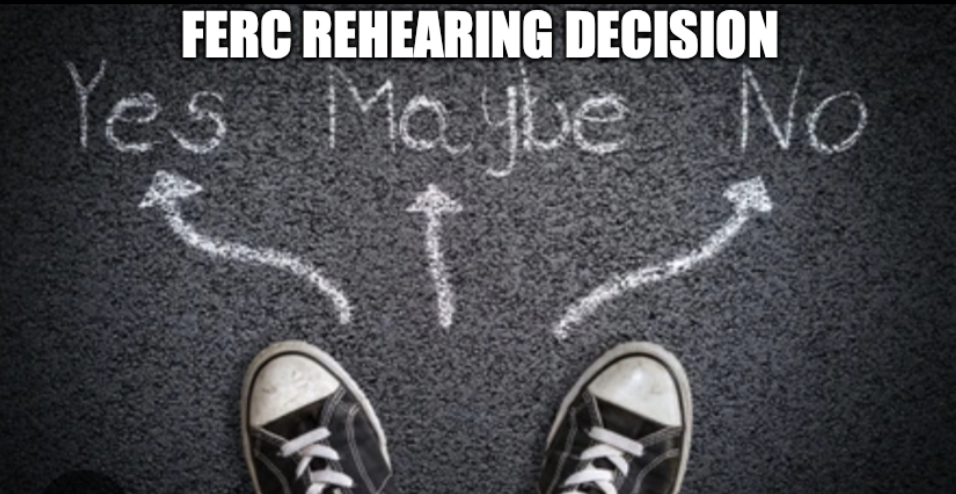
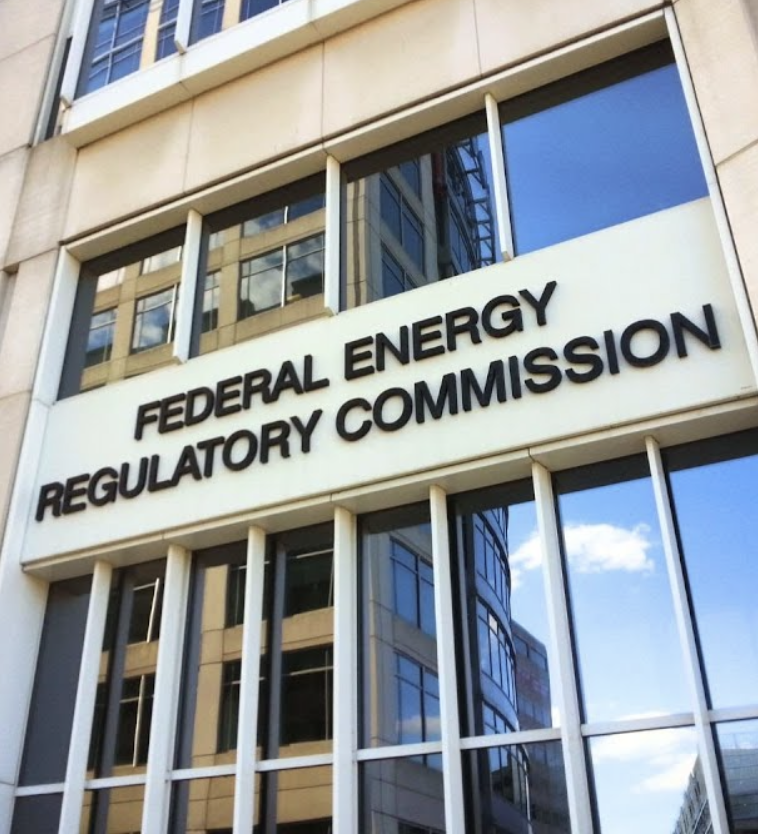
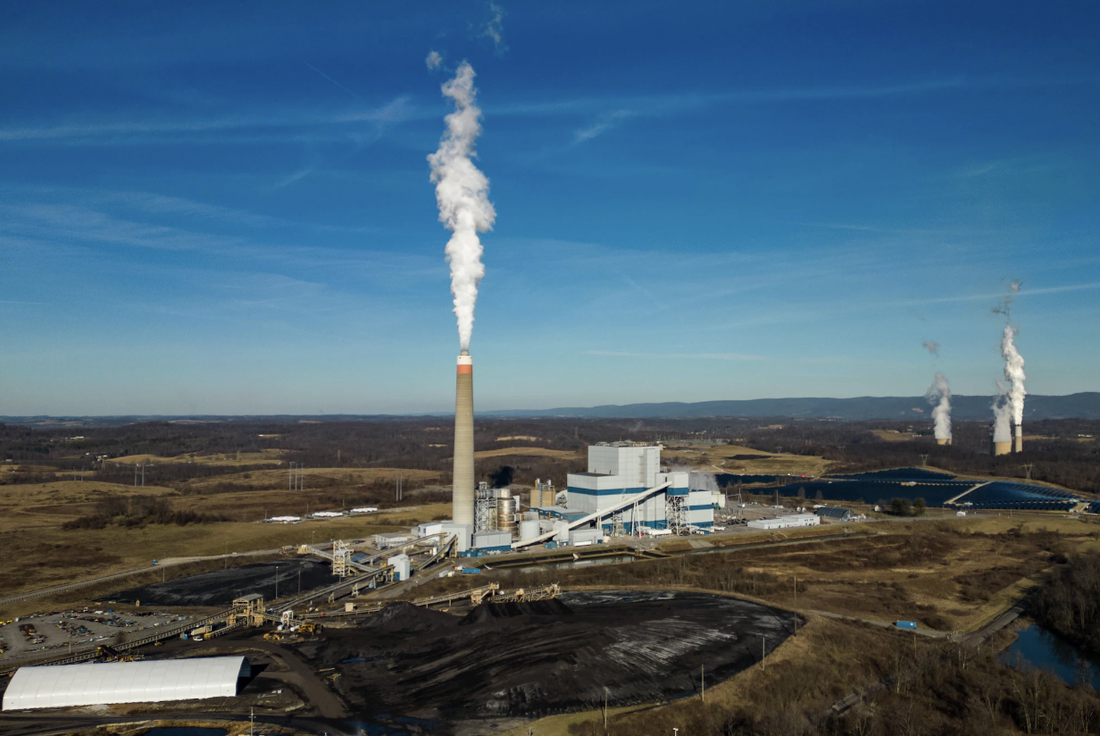
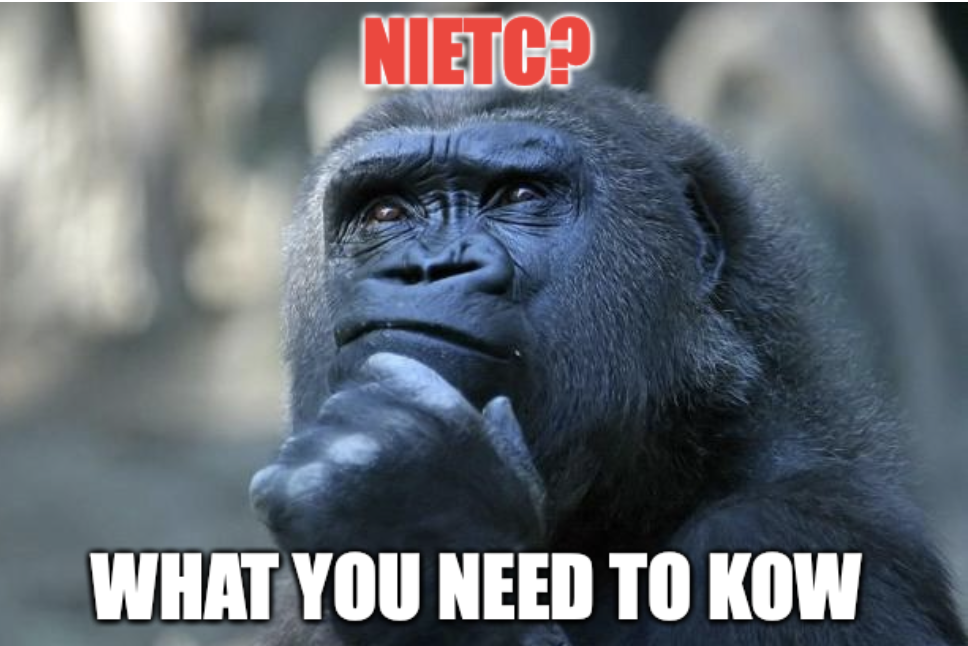
 RSS Feed
RSS Feed